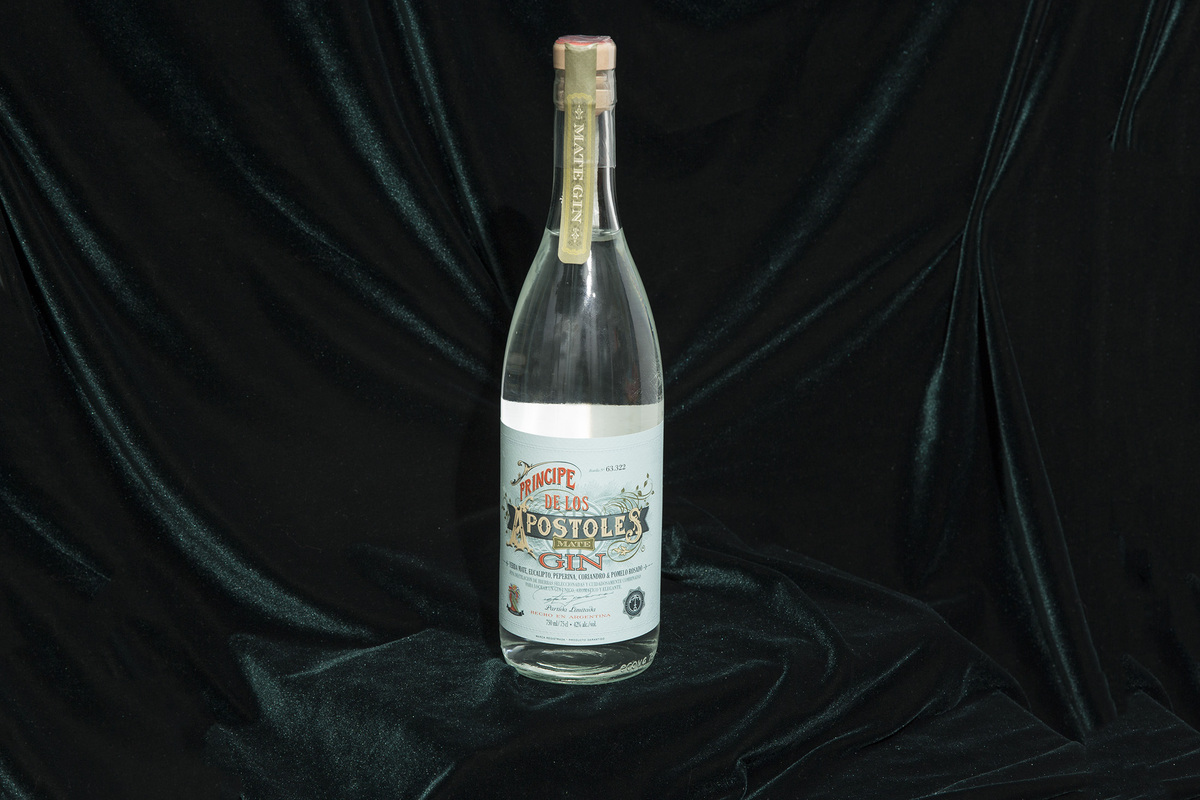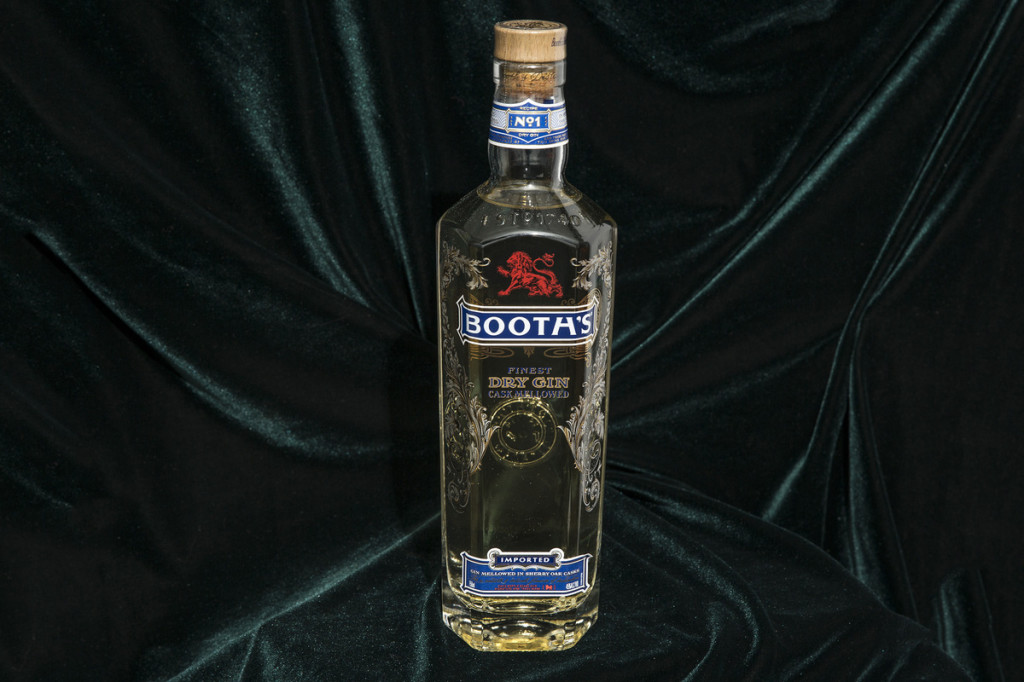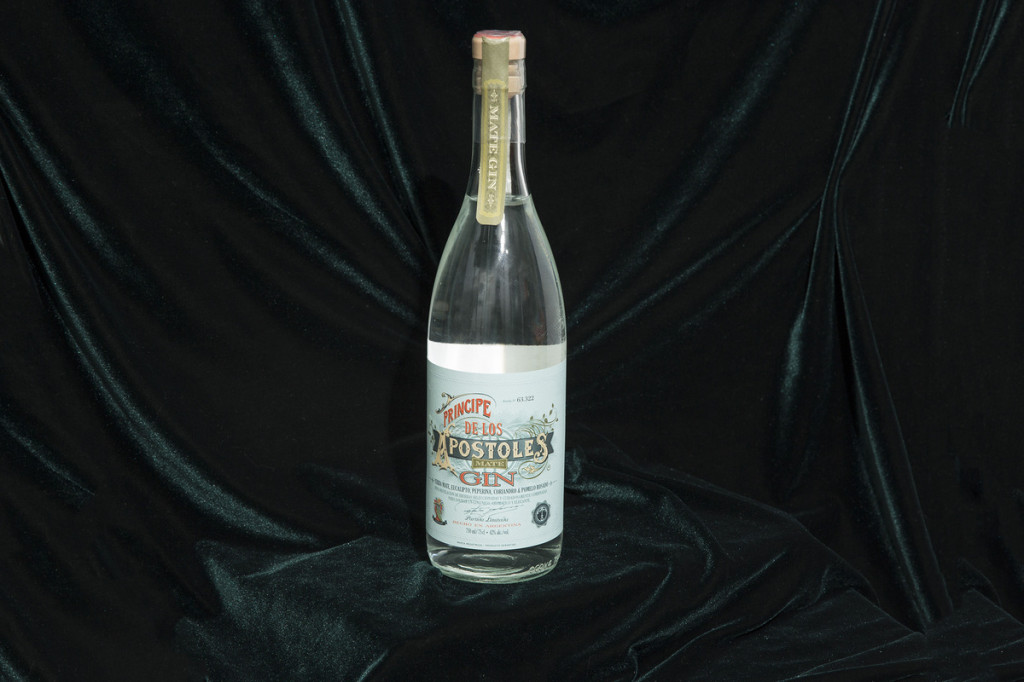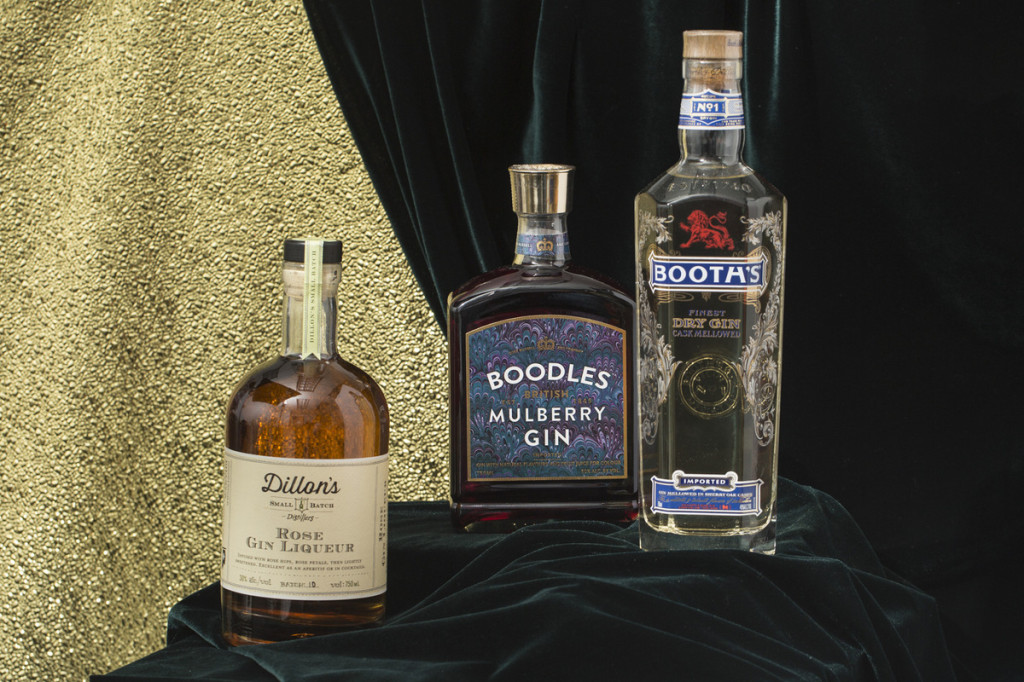
#290
DARK GIN
21 Jan 2016 By David Fuhrmann-Lim
Dark gin sounds like a spirit Lord Voldemort would stock in his creaky cellar, but this new breed of gins are bracing and great for cold weather… And must definitely be named.
BY KARA NEWMAN
Gin? In January?
It might seem a little crazy to separate the spirit from crisp tennis whites and clean summer sipping, from G&Ts and Pimm’s Cups and other bright and light cocktails, but a new crop of gins is featuring deeper, warmer flavors. Some even hold up neat. Could “Gin-uary” become a thing?
Keli Rivers, ginnoisseur (yeah, that’s really her title) at newly opened San Francisco gin palace Whitechapel, thinks so. She describes a winter-ready gin as one that’s “heartier, deeper, or rootier,” perhaps featuring woodsy notes or holiday-like baking spice. By comparison, summery gins showcase “brighter, softer flavors.”
Super-Quick Gin Primer
Like vodka, gin can be made from anything (hello, honey gin), can be made anywhere, and can be flavored with any number of herbs, spices, or other “botanicals.” The one nonnegotiable: Gin is flavored with juniper berries, which imparts that fresh, almost piney characteristic.
Beyond that, it’s open—and craft distillers love making it. (Just a few years ago, options were considerably fewer, certainly not enough to fill out the shelves of Whitechapel, which boasts more than 400 bottlings.) Compared with such spirits as whiskey, which can take years to age, gin can be distilled, bottled, and on the shelves relatively quickly. And unlike with uber-neutral vodka, all those herbs, spices, fruits, and other flavorings bundled under “botanicals” are like a Crayola box full of bright hues to play with.
“It gives a lot of room for creativity and expression,” explains Emily Vikre, co-founder of Minnesota’s Vikre Distillery.

Booth’s Dry Gin, a golden liquid that’s been mellowed in sherry oak casks. Photographer: Evan Ortiz/Bloomberg
Experimentation, Expression
To achieve more robust notes, some gins are barrel-aged (a spirit-spanning trend that seems to show no signs of stopping), yielding a pour that strikes a balance between the herby freshness typically associated with the clear spirit and the caramel-vanilla notes of whiskey—a “sipping gin,” if you will. Others are sweetened, in the style of sloe gin or liqueurs, or show a heavier hand on warming, wintry botanicals, ranging from cocoa-like matcha (green tea) to cinnamon and cardamom spice. This experimentation has helped to expand the definition of what gin can be—and when it can be drunk.
For cold-weather quaffing, it helps that even the classic London Dry-style gins—your Tanquerays and Beefeaters and Bombay Sapphires—noted for showcasing fresh, pine-like juniper, lend themselves to it.
“Even though we associate traditional dry gin with summer because it is bright and fresh,” says Vikre, “winter is all about pine trees and citrus. It has those flavors already.” But that hasn’t stopped Vikre from finding year-round gin-spiration from trees and other botanicals growing around her in the sprawling Northwoods region near Lake Superior, including Christmas-y Spruce and robust Cedar variations.
 Principe De Los Apostoles Mate Gin has a cocoa-like aroma and an appealing touch of eucalyptus. Photographer: Evan Ortiz/Bloomberg
Principe De Los Apostoles Mate Gin has a cocoa-like aroma and an appealing touch of eucalyptus. Photographer: Evan Ortiz/Bloomberg
Preserving the Seasons
Just as farm-to-table-focused chefs can emphasize what’s in season, “distillers are now able to think in those terms, too,” Whitechapel’s Rivers says. “They can emphasize flavors that people are experiencing as the seasons turn,” whether that means distilling flower buds for spring gin or hearty roots and barks in winter and preserving them for us all year round.
St. George Spirits in Alameda, Calif., for example, has a trio of gins, including the forest-like Terroir, made with Douglas fir, bay laurel, and coastal sage, all botanicals from its home region. On the other side of the U.S. , Massachusetts-based Berkshire Mountain Distillers uses floral elements such as rose hips, violet, or honeysuckle (it changes every season) in its lighter Ethereal gin and licorice and burnt orange peel in a bolder Greylock variation.
Others are taking it a step further and experimenting with letting gin rest a spell in barrels that previously held wine or whiskey, such as amber-hued Waterloo Antique Gin from Austin (aged in former whiskey barrels) or Booth’s “Cask Mellowed” London Dry bottling (finished in sherry casks). Similarly, Cali gin maker No. 209’s experimental Barrel Reserve bottlings spend a few months in former Napa Valley wine barrels (Cabernet Sauvignon or Sauvignon Blanc) and show distinctly fruity tones.
 Dillon’s Rose Gin Liqueur, Boodles Mulberry Gin, and Booth’s Dry Gin. Photographer: Evan Ortiz/Bloomberg
Dillon’s Rose Gin Liqueur, Boodles Mulberry Gin, and Booth’s Dry Gin. Photographer: Evan Ortiz/Bloomberg
Yet, a challenge remains: how to drink these more robust gins?
“Some of the aged gins disappear in cocktails,” Rivers admits, while flavored gins (such as sloe gin) can overpower traditional cocktail templates. So she’s developed new ones, like the Improved Gin Cocktail and Another Cup o’ Tea warmer, recipes below.
Of course, you can always be a maverick and sip it straight. Since gin is almost always mixed, it seems counterintuitive. But maybe this is the winter to start a new tradition: a dram of gin to sip by the fireside.
Six “Winter Gins” to Try Right Now
Boodles British Mulberry Gin ($29): Similar to sloe gin, this cordial-like newcomer’s deep raspberry hue and luscious fruitiness are well-suited to chilled Champagne cocktails or to warm, mulled wine-style libations.
Booth’s Finest Dry Gin Cask Mellowed ($45): Newly available in the U.S., this golden English gin “mellowed in sherry oak casks” delivers a nice balance between citrus, spice, and juniper, with a crisp, bracing finish.
Boreal Cedar Gin ($32): From Minnesota’s Vikre Distillery, this unusual gin is infused with cedar wood (not aged in barrels) for a bold, earthy flavor almost reminiscent of a genever (a Dutch predecessor to gin, which often has a malty flavor profile), finishing with a woody note plus a trace of smoke.
Dillon’s Rose Gin ($50): This ruddy gin-based liqueur from Canada is made with rose hips and turbinado sugar. Surprisingly, it’s not floral. Instead, look for sweet-spicy notes of burnt orange peel and clove. Sip as an aperitif.
Principe De Los Apostoles Mate Gin ($40): Yerba mate tea shores up this Argentine gin, creating a warm expression with a supersweet, cocoa-like aroma and flavor and velvety feel, plus an appealing touch of eucalyptus.
Stonecutter Spirits Single Barrel Gin ($55): This Vermont-made gin is aged in former bourbon barrels for four to six months, yielding subtle notes of vanilla, mint, cinnamon, and cardamom.
This story first appeared in Bloomberg Pursuits
Like this? Read about Raffles 1915, the gin made to celebrate the Singapore Sling

You might be interested in...
GIN-GLE ALL THE WAY
Brass Lion Distillery's December-Long Yuletide Celebration Checks All The Right Boxes Of My Grown-Up Christmas List
NEW BEGINNINGS
New Year, New Gins, Isn't That How The Saying Goes? In Any Case, Here Are Three Unique Gins From Three Different Countries That'll Be Your Tonic to The New Year.
MEET CHARMAINE THIO
Excuse Me Miss, Is Your Last Name Thio or Chio? Meet Charmaine Thio, Brand Ambassador for Hendrick's Gin, Southeast Asia.
GIN-GLE ALL THE WAY
NEW BEGINNINGS
MEET CHARMAINE THIO